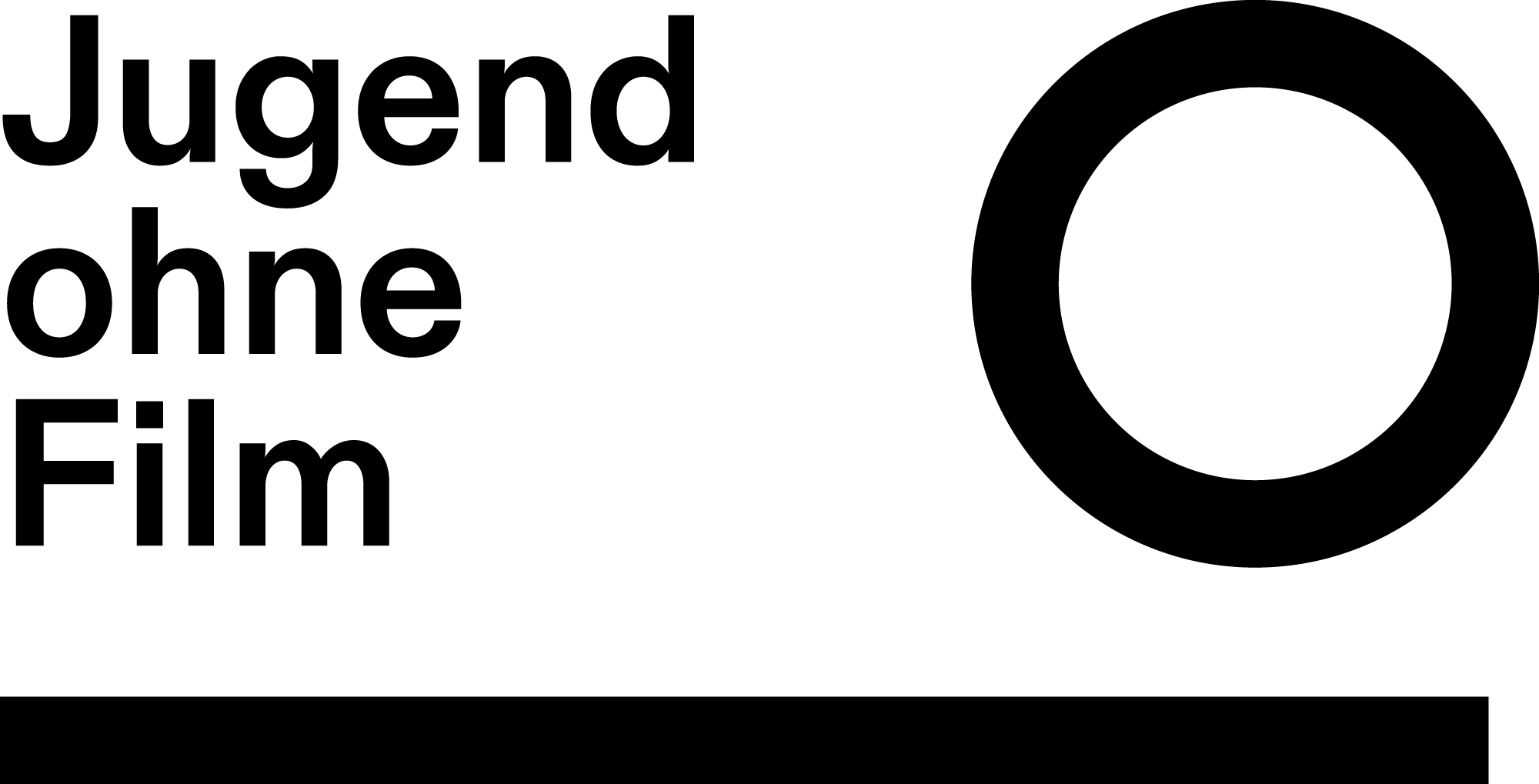Gregory J. Markopoulos
-
EDITORIAL
Wir beschäftigen uns nicht mit Poesie, weil es dazu einen Anlass bräuchte. Wir beschäftigen uns mit ihr, weil Poesie ein Anlass ist. Poesie, ein Wort. Schneller gesagt als beschrieben. Poesie, die gerade das Ungreifbare auszudrücken versucht. Poesie, die womöglich vom Rest spricht, der überschießt, der in ein Außerhalb und Außergewöhnliches deutet. Oder doch Poesie, die…
